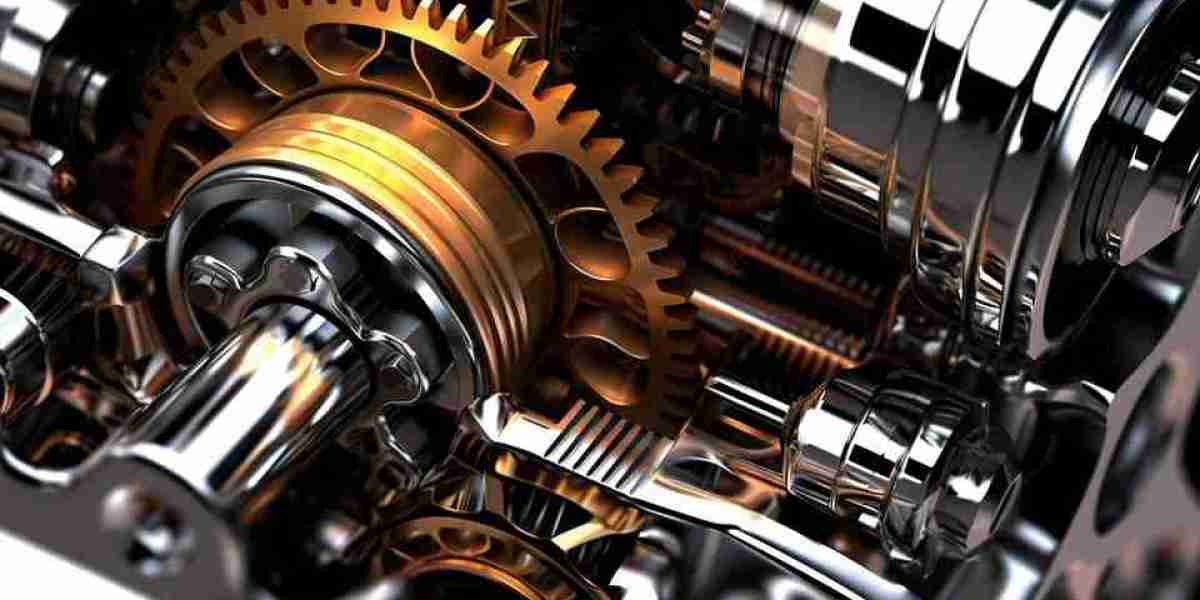Introduction
Gears are the backbone of power transmission in vehicles, enabling torque management, speed control, and smooth drivability. The automotive gear market has evolved significantly with technological advancements and varying drivetrain architectures across vehicle segments. As the industry moves toward electrification, automation, and efficiency, gear adoption across passenger and commercial vehicles presents different trends, challenges, and opportunities. This article explores how gear technology is being applied and innovated across these key segments of the automotive industry.
Passenger Vehicles: Focus on Efficiency, Comfort, and Innovation
1. Demand Drivers
The passenger vehicle segment, which includes sedans, hatchbacks, SUVs, and electric cars, prioritizes driving comfort, fuel economy, and compact design. As such, gear systems in these vehicles are being refined for smoother operation, lightweight construction, and reduced noise, vibration, and harshness (NVH).
Increasing automatic transmission adoption in mid-range and premium vehicles
Rising sales of electric passenger vehicles with simplified transmission systems
Consumer demand for quiet and smooth gear operation
2. Technology Trends in Gears
Automatic and dual-clutch transmissions (DCTs) are replacing manual systems, especially in urban markets.
Single-speed reduction gears dominate electric passenger vehicles for their simplicity and efficiency.
Innovations in materials, like aluminum and powder-metallurgy gears, support lightweighting goals.
Intelligent transmission systems with predictive shift control enhance fuel efficiency and performance.
3. Market Impact
OEMs and Tier-1 suppliers are investing in modular, scalable gear systems for passenger platforms. As hybrid and EV models increase, dedicated e-drive gearboxes are becoming a key product line, driving demand for precision and compact gear components.
Commercial Vehicles: Emphasis on Durability, Load-Bearing, and Torque
1. Demand Drivers
The commercial vehicle segment—which includes trucks, buses, and heavy-duty utility vehicles—requires gear systems built for durability, torque capacity, and high-load applications.
Growing demand for long-haul transportation and freight logistics
Increased usage of automated manual transmissions (AMTs) to reduce driver fatigue and improve efficiency
Gradual shift toward electric commercial vehicles (eCVs) in urban delivery and municipal services
2. Technology Trends in Gears
Use of multi-speed transmissions to handle variable loads and terrain
Development of robust differential and planetary gear systems for high torque applications
Integration of advanced lubrication systems to enhance gear longevity
Rise of two-speed EV gearboxes in electric commercial vans and trucks
3. Market Impact
Manufacturers are focusing on reliability and uptime, developing gear solutions that minimize maintenance and maximize lifespan. With stricter emissions regulations for commercial fleets, gear innovations that improve fuel economy and reduce drivetrain losses are increasingly vital.
Comparative Insights: Passenger vs. Commercial Vehicles
| Feature/Aspect | Passenger Vehicles | Commercial Vehicles |
|---|---|---|
| Key Focus | Efficiency, comfort, lightweight | Load-bearing, durability, torque |
| Transmission Preference | Automatic, DCT, CVT, single-speed EV gears | Manual, AMT, multi-speed, EV two-speed systems |
| Material Innovation | Lightweight metals, composites | Hardened steels, thermally stable alloys |
| Electrification Impact | High adoption of e-drive gear units | Emerging EV segment with advanced torque gears |
| Gear Complexity | Lower (especially in EVs) | Higher (for power handling and terrain response) |
Future Outlook and Opportunities
1. Electrification Across Segments
Passenger vehicle electrification is driving innovation in compact and integrated gearboxes.
In commercial vehicles, electrification is creating demand for torque-optimized and dual-speed gear units.
2. Growth in Asia-Pacific and Emerging Markets
Rapid growth of urban mobility in Asia and Latin America is increasing demand for low-cost, durable gear systems in both vehicle segments.
Localization of gear production in these regions is rising due to trade and cost considerations.
3. Digitalization and Smart Gearing
Use of digital twins, AI-based predictive maintenance, and smart gear sensors is expanding across fleets and high-end passenger vehicles.
Conclusion
The automotive gear market is adapting to distinct demands across passenger and commercial vehicles. While passenger cars drive innovation in lightweight, efficient, and compact gears, commercial vehicles demand rugged, high-torque solutions. With electrification influencing both segments in unique ways, the future of gear design will lie in customization, smart integration, and durability. Stakeholders who align their strategies with these evolving needs will gain a competitive edge in a rapidly transforming automotive landscape.




